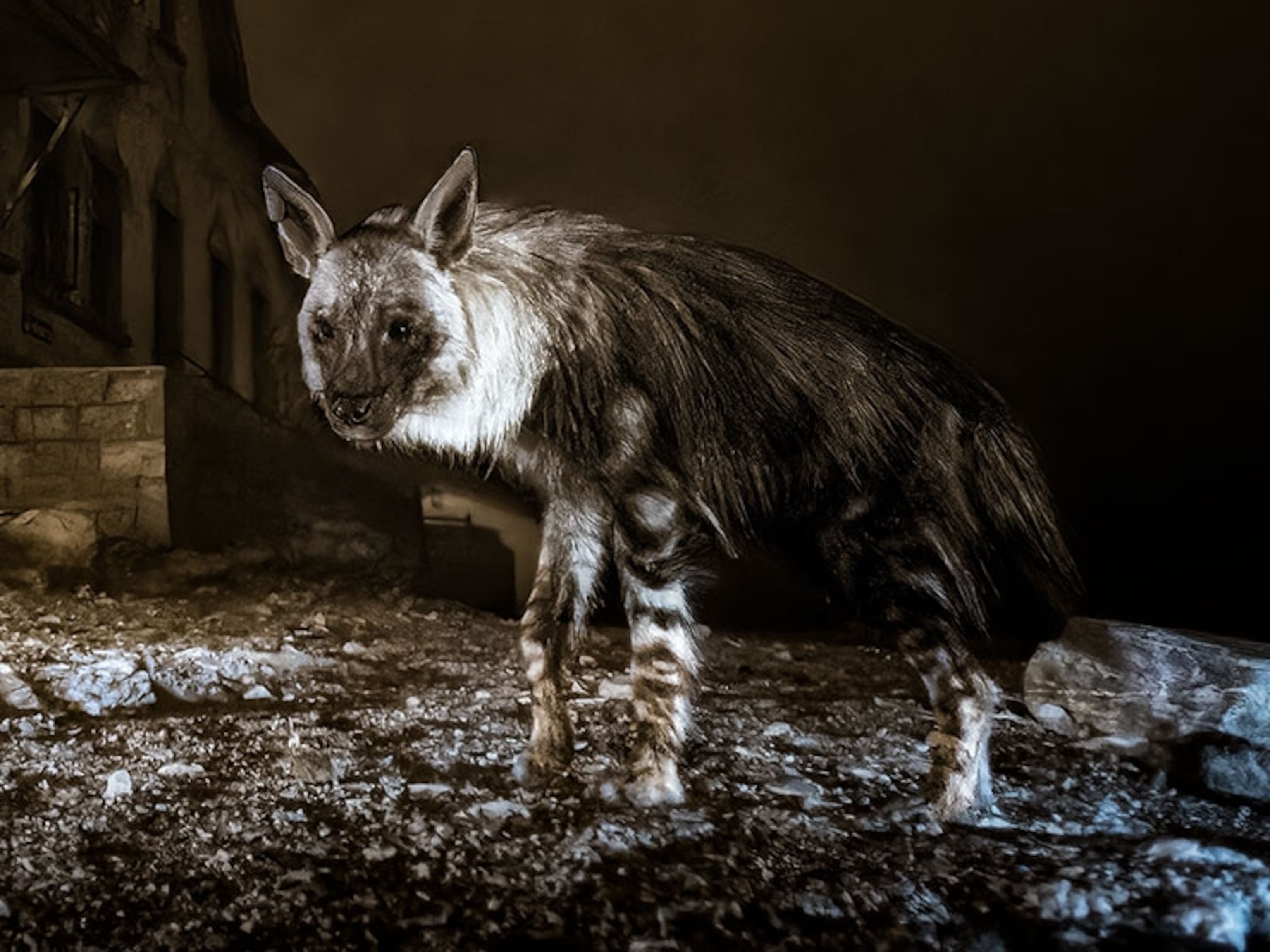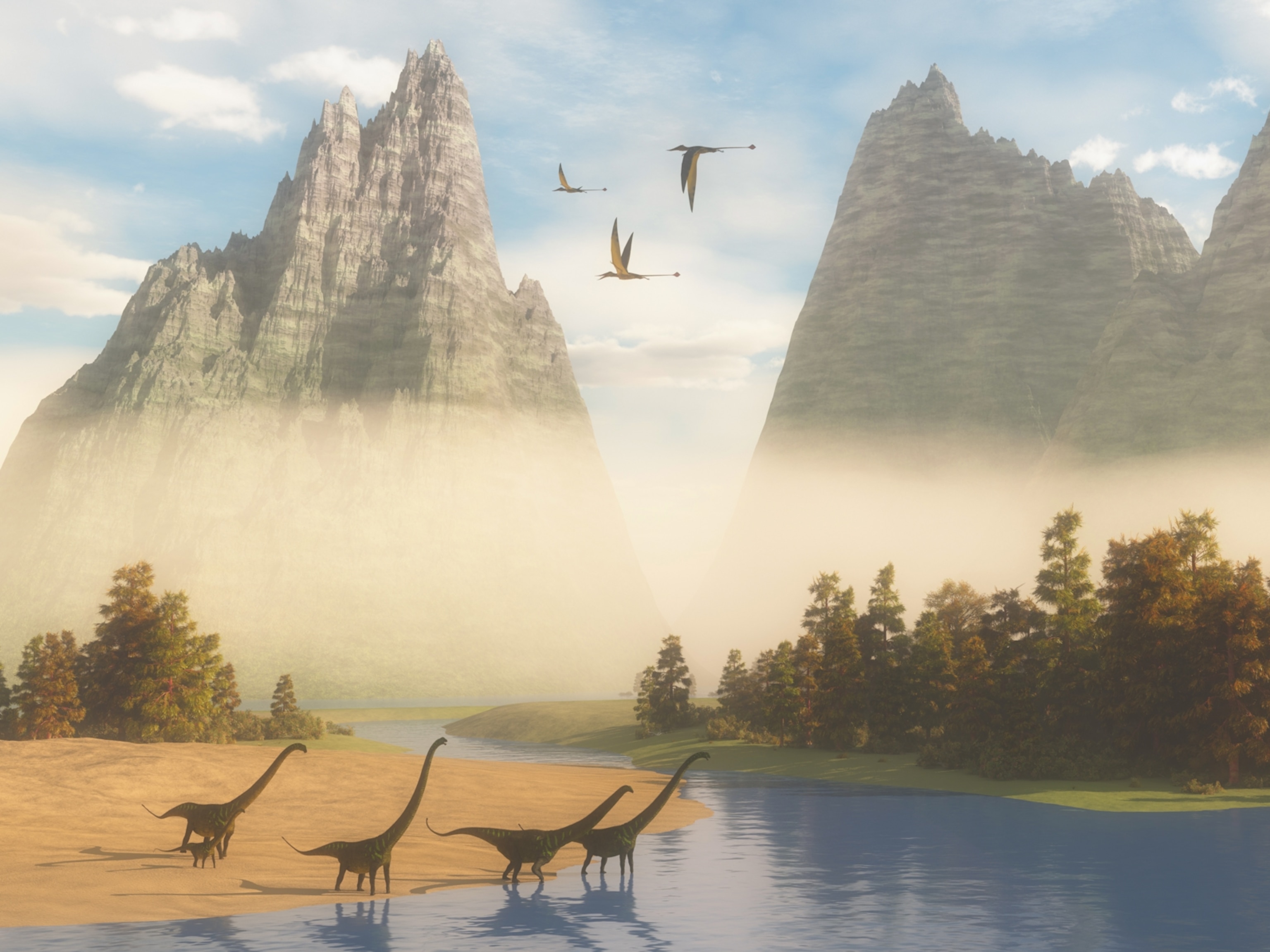Neanderthal Teeth Were Eaten–But By What?
The teeth were found at the same dig site that previously showed possible evidence of cannibalism.
A new study of prehistoric teeth published in the journal Paleo suggests a large carnivore may have scavenged on the remains of Neanderthals 65,000 years ago.
The teeth were found at a dig site in Marillac, a village in western France and show signs of being swallowed and later expelled. Excavations conducted at Marillac from 1967 to 1989 have yielded several finds for scientists who study Neanderthals.
Now extinct, Neanderthals were once humans' closest relative. They extended as far west as modern-day France and as far east as central Asia.
Scientists who studied the teeth in the past previously concluded that they belonged to a cow or deer. But a reexamination of the teeth conducted by researchers at the Center for Scientific Research in France found they belonged to humans and were damaged after being ingested.
The site at Marillac is thought to have been a spot where hunters butchered their kills, a majority of which were reindeer.
A study published in 2015 also found human bones present at the site had been intentionally manipulated. Cannibalism or ceremonial ritual are the two prevailing theories for why they show signs of intentional cuts and fractures.
In a press release from the research institute, researchers noted large carnivores may also have feasted on the human remains, pointing to a highly competitive relationship between the early humans and other large predators.
A now-extinct prehistoric hyena that roamed Europe may have been a culprit.
In an interview with Live Science, study author and Princeton anthropologist Alan Mann noted, "We don't know exactly what was going on, but [the Neanderthals] must have left skulls or parts of the face there, because cave hyenas came in and ate them," Mann said.
Because some of the teeth were still connected to pieces of jawbone, scientists suspect a large carnivore would have had to carve into the face of its dinner.
Cave hyena skeletons found on the Iberian Peninsula show the cave-dwellers would have looked similar to modern-day hyenas. Scientists debate whether human influence or a changing climate pushed the species to extinction.
The French researchers don't know exactly how the Neanderthal remains may have ended up at the hunting site. A study published in 2013 found evidence of Neanderthals purposefully burying their dead, but Marillac was not known to be used as a burial site.
If the Neanderthals at Marillac were killed by a large carnivore, it wouldn't be the first evidence of the struggle between prehistory's top predators.
A 2015 study of Neanderthal bones found in Spain found puncture wounds from the fangs of an ancient big cat. While modern humans are thought to have outcompeted Neanderthals, the study suggests competition with large predators may have put an additional strain on the Neanderthal's fight for existence.




